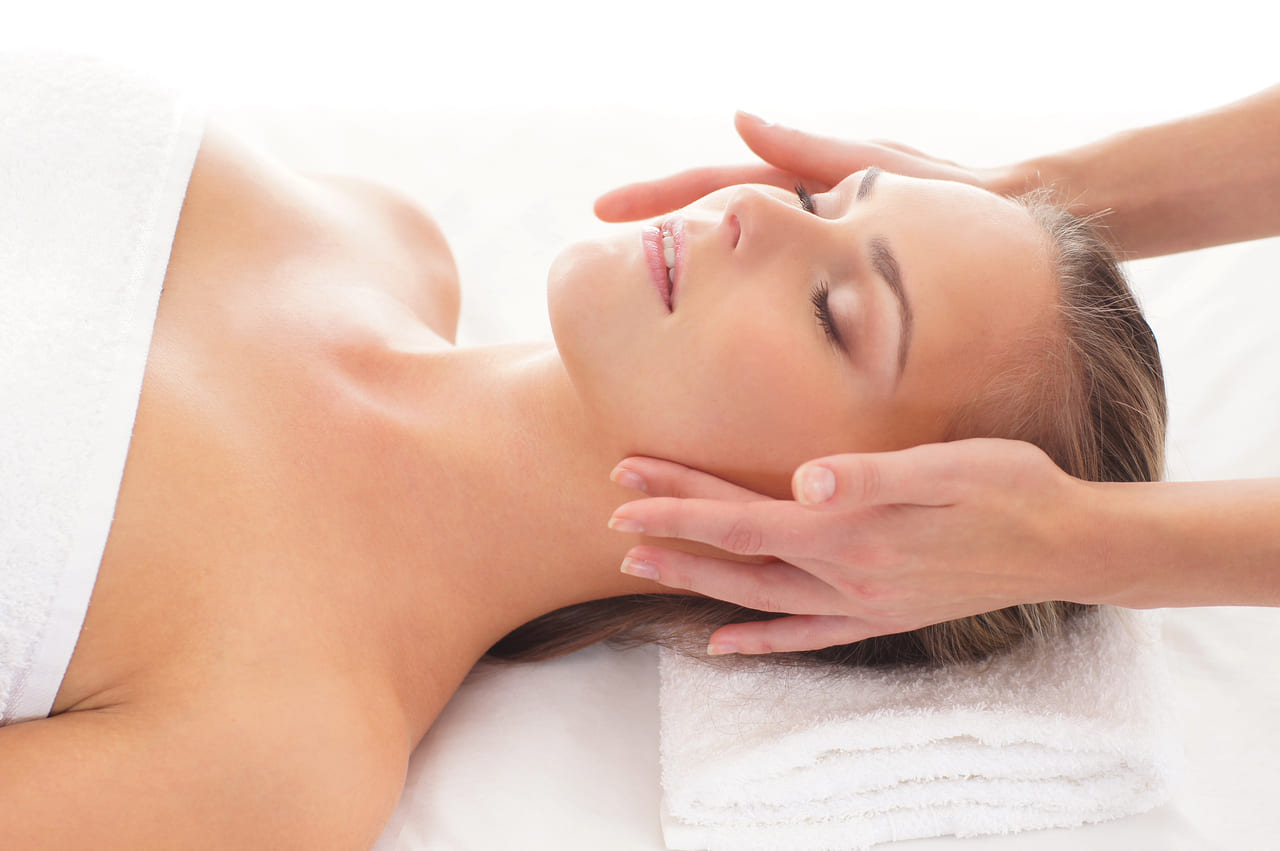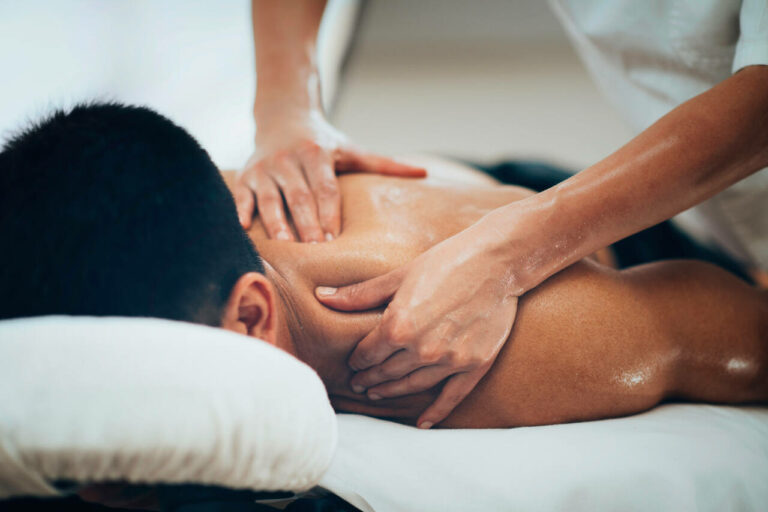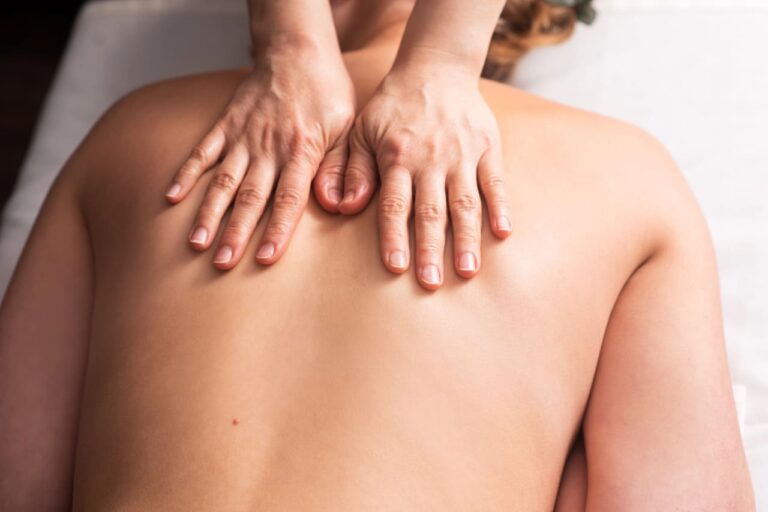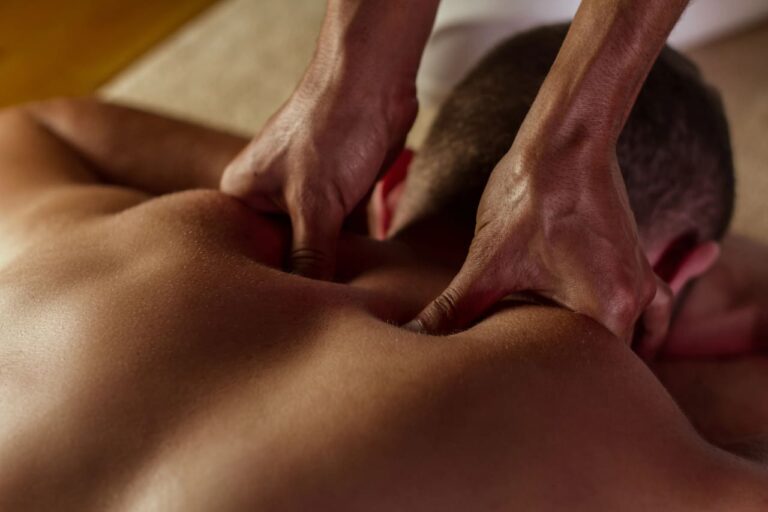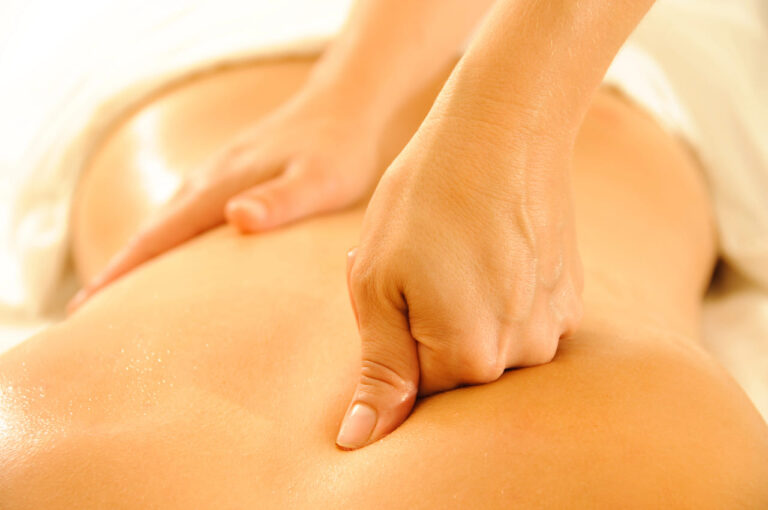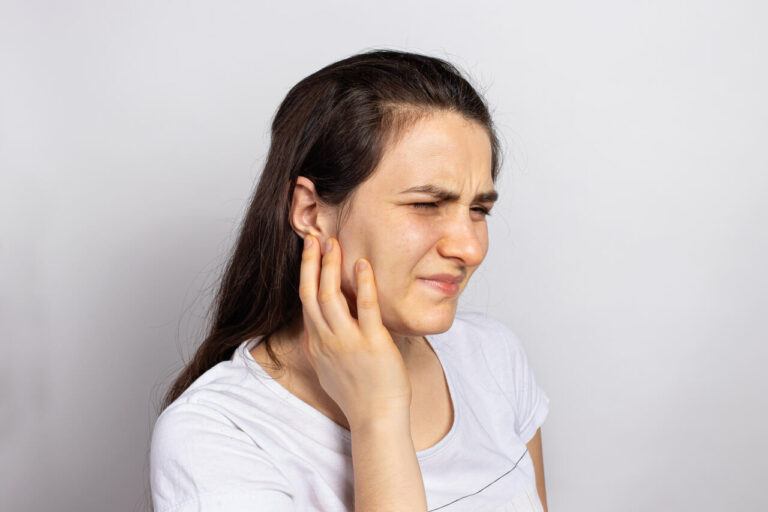A Beginner’s Guide to Massage Sessions: From Preparation to Post-Massage Care
Massage therapy is a widely embraced practice that promotes relaxation, aids in stress reduction, and supports physical recovery. For those considering their first session or looking to deepen their understanding, knowing what to expect can enhance the overall experience. In this blog, we will explore the various aspects of massage therapy, from preparation to the types of techniques used, and answer common questions many have when considering this form of therapy. Understanding these key elements will help you maximize the benefits of your massage therapy sessions and improve your overall well-being.
What Should You Expect During Your First Massage Therapy Session?
During your first massage therapy session, you can expect a welcoming environment designed to promote relaxation and comfort. The session typically begins with a consultation where the practitioner will assess your needs and goals. You may experience a range of techniques, from Swedish massage to deep tissue work, depending on your preferences and needs.
| Initial Consultation | This is where the practitioner will discuss your health history and what you aim to achieve through massage therapy. It’s an opportunity to express any concerns or preferences you have. |
| Comfortable Environment | Expect a soothing atmosphere with dim lighting and calming music. These elements are designed to help you relax and fully enjoy the experience. |
| Choice of Techniques | The practitioner may use a variety of techniques tailored to your needs, such as Swedish, deep tissue, or sports massage, each offering unique benefits. |
| Use of Oils or Lotions | To reduce friction and enhance the massage experience, various oils or lotions may be applied to your skin. |
| Feedback and Adjustments | You are encouraged to provide feedback during the session so that pressure and techniques can be adjusted to your comfort level. |
| Post-Massage Assessment | After the session, the practitioner might offer insights into areas of tension and suggest follow-up sessions or at-home practices. |
In summary, your first massage therapy session is designed to be a personalized experience focused on your relaxation and recovery needs. Clear communication with your practitioner will ensure you get the most out of your session.
How Should You Prepare For A Massage Therapy Appointment?
Preparing for a massage therapy appointment involves several steps to ensure a comfortable and beneficial experience. Arriving early, wearing loose clothing, and staying hydrated are key aspects of preparation that can enhance your session.
- Arrive Early: Arriving at least 10-15 minutes early allows you to settle in, complete any necessary paperwork, and start your session in a relaxed state.
- Wear Loose Clothing: Comfortable, loose-fitting clothing makes it easier to change and helps maintain relaxation post-massage.
- Hydrate Well: Drinking water before your session helps keep your muscles hydrated and can enhance the benefits of the massage.
- Avoid Heavy Meals: Eating a large meal before your massage might cause discomfort. A light snack is recommended if needed.
- Communicate Needs: Inform the practitioner of any areas of discomfort or specific goals you have for the session.
- Remove Jewelry: Take off any jewelry or accessories to allow the practitioner to work effectively without obstructions.
In brief, being well-prepared for your massage therapy appointment can maximize its benefits, ensuring a smooth and enjoyable experience that caters to your recovery and relaxation needs.
Does Massage Therapy Hurt?
Massage therapy is generally designed to be a relaxing and soothing experience, though some techniques may involve pressure that could cause mild discomfort. The level of pressure applied can vary depending on the type of massage and individual tolerance. Techniques like deep tissue massage may involve more intense pressure, targeting deeper layers of muscle tissue to address chronic tension. However, it is essential to communicate with your practitioner about your comfort levels throughout the session. If something feels too intense, adjustments can be made to ensure your experience remains pleasant. Softer techniques, such as Swedish massage, typically involve gentle strokes and are less likely to cause discomfort. Ultimately, the goal of massage therapy is to support relaxation and recovery, and any discomfort should be minimal and manageable.
In summary, while some massage techniques may involve more pressure, they should not cause undue pain. Open communication with your practitioner is key to ensuring the session is both comfortable and beneficial.
What Types Of Massage Techniques Might Be Used?
During a massage therapy session, a variety of techniques may be employed to address specific needs and preferences. Techniques such as Swedish massage, deep tissue work, and sports massage are commonly used, each offering distinct benefits.
| Swedish Massage | This technique uses long, flowing strokes to promote relaxation and improve circulation. It is ideal for those seeking stress reduction and overall relaxation. |
| Deep Tissue Massage | Aimed at targeting deeper layers of muscle, this technique is beneficial for individuals with chronic muscle tension or those recovering from injuries. |
| Sports Massage | Specifically designed for athletes, this technique focuses on enhancing performance and preventing injuries. It involves stretching, deep pressure, and joint mobilization. |
| Trigger Point Therapy | This involves applying pressure to specific points in the muscles to relieve tension and pain. It is often used to address areas of chronic pain. |
| Aromatherapy Massage | Incorporating essential oils, this technique enhances the relaxation experience through the therapeutic properties of the oils. |
| Hot Stone Massage | This involves the use of heated stones placed on key points of the body to relax muscles and improve circulation. |
Key takeaways: Understanding the various types of massage techniques available allows you to choose the one that best meets your needs, optimizing the benefits of your massage therapy session.
Do You Need To Remove All of Your Clothing For A Massage?
No, you do not need to remove all your clothing for a massage. Your comfort and privacy are paramount during a session. Most individuals undress to their comfort level and are covered with a sheet throughout the session, exposing only the area being worked on. The practitioner will step out of the room while you undress and will ensure you are properly draped at all times. If you prefer to keep certain clothing items on, such as undergarments, you can communicate this preference to your practitioner. Loose-fitting clothing is often recommended for those who feel more comfortable remaining partially clothed. The goal is to create an environment where you feel relaxed and secure.
In short, your comfort is the priority during a massage, and you should only undress to the extent that feels right for you, maintaining communication with your practitioner to ensure a positive experience.
What Should You Communicate To Your Massage Therapist?
Effective communication with your massage therapist is crucial to ensure a session that meets your needs and preferences. Discussing pain levels, areas of focus, and health history are fundamental aspects of this communication.
| Pain Levels | Clearly communicate any discomfort or pain you experience during the massage. This allows the practitioner to adjust the pressure accordingly. |
| Areas of Focus | Let your practitioner know which areas you would like them to concentrate on, whether it’s relieving tension in your shoulders or addressing lower back discomfort. |
| Health History | Sharing relevant health information, such as injuries or medical conditions, helps the practitioner tailor the session to your needs safely. |
| Allergies to Oils or Lotions | If you have any sensitivities or allergies, inform your practitioner to avoid adverse reactions. |
| Massage Preferences | Discuss any specific techniques you prefer or wish to avoid. This ensures the session aligns with your expectations. |
| Feedback During Session | Ongoing feedback during the session helps the practitioner make real-time adjustments to enhance your comfort and the effectiveness of the massage. |
The key takeaways are that open communication with your practitioner is essential for a personalized and effective massage therapy session, tailored to your health and comfort needs.
How Long Does A Typical Massage Therapy Session Last?
A typical massage therapy session lasts between 60 to 90 minutes, although shorter or longer durations can be arranged based on individual needs and preferences. The session’s length often depends on the areas being addressed and the type of massage technique employed. For instance, a full-body massage might require a longer session to ensure each area receives adequate attention. Conversely, a focus on specific areas, such as the neck and shoulders, might only require a shorter session. Additionally, factors such as the client’s availability and the desired outcome of the therapy can influence session length. Regardless of duration, the goal is to provide a therapeutic experience that supports relaxation and recovery.
In summary, the duration of a massage therapy session is flexible and can be customized to fit your specific needs and preferences, ensuring a beneficial and satisfying experience.
What Should You Do After A Massage For Best Results?
After a massage therapy session, several actions can enhance the benefits and support recovery. Staying hydrated, resting, and practicing gentle stretching are recommended to maintain the effects of the massage.
- Hydrate: Drinking plenty of water post-massage helps flush out toxins released during the session and keeps the muscles hydrated.
- Rest: Allow yourself time to rest and recover, as the body may feel relaxed and less energetic immediately following the session.
- Gentle Stretching: Engaging in light stretching can help maintain the flexibility and relaxation achieved during the massage.
- Avoid Strenuous Activities: It’s best to avoid intense physical activities immediately after a massage to prevent muscle strain.
- Apply Heat or Cold: Depending on the focus of the massage, applying heat or cold to specific areas can aid in reducing soreness and enhancing recovery.
- Listen to Your Body: Pay attention to how your body feels and communicate any concerns or feedback to your practitioner for future sessions.
In summary, taking these steps after a massage therapy session can maximize the benefits and support your overall recovery and well-being.
Empowered Recovery Starts Here
Massage therapy offers numerous benefits, from relaxation to physical recovery, making it a valuable addition to a holistic health routine. Understanding what to expect and how to prepare can greatly enhance the experience and outcomes.
For those seeking personalized care, Propel Sports Physical Therapy in Edmonton South provides a welcoming environment and skilled practitioners ready to tailor sessions to your unique needs. Contact us today to schedule your appointment and start your journey towards improved health and well-being.
Frequently Asked Questions
Is It Normal to Feel Sore After a Massage?
Yes, it’s normal to experience some soreness after a massage, especially if deep tissue techniques were used. This is generally temporary and should subside within a day or two.
How Often Should I Get a Massage?
The frequency of massage therapy sessions varies based on individual needs and goals. Some people benefit from weekly sessions, while others may find monthly visits sufficient for maintenance.
Can I Exercise After a Massage?
It’s advisable to wait at least 24 hours before engaging in strenuous exercise after a massage. This allows your muscles to fully recover and benefit from the session.
What Should I Do if I Feel Discomfort During a Massage?
Immediately inform your practitioner if you experience discomfort during a massage. They can adjust the pressure or technique to improve your comfort.
Are There Any Contraindications for Massage Therapy?
Yes, certain conditions may require modifications or may not be suitable for massage therapy. It’s important to discuss your health history with your practitioner before starting sessions.

